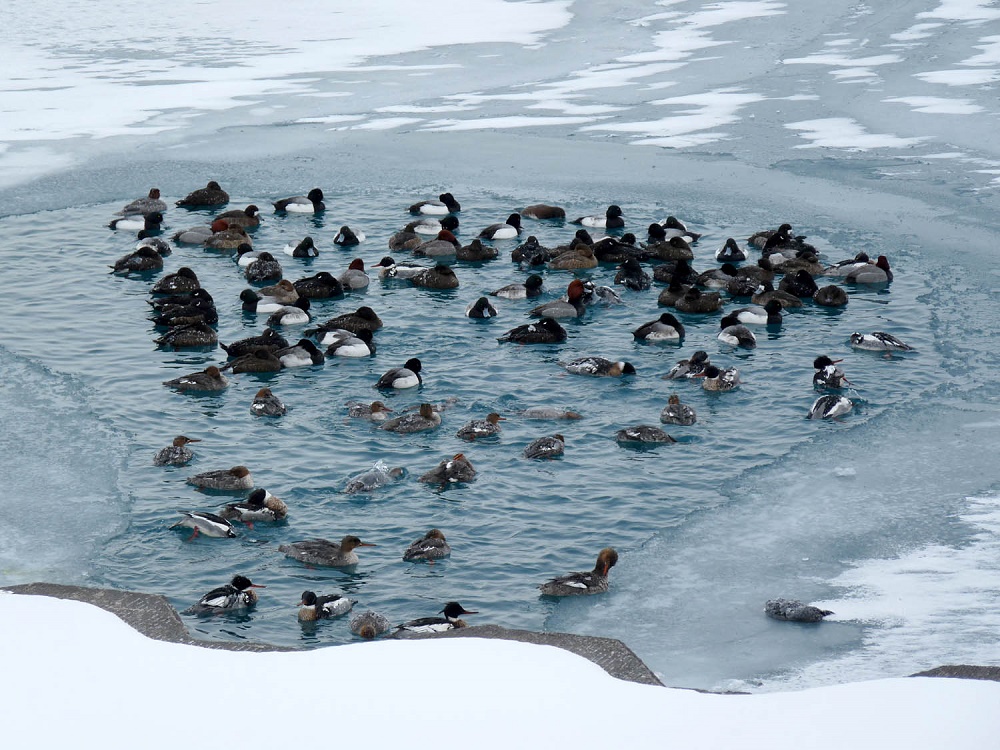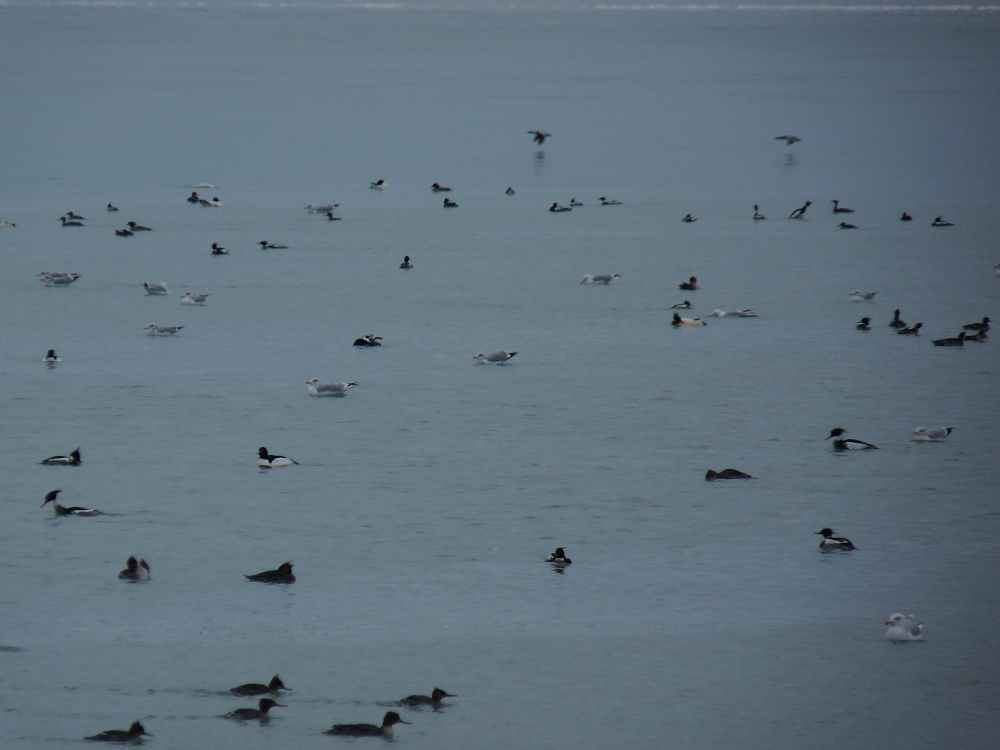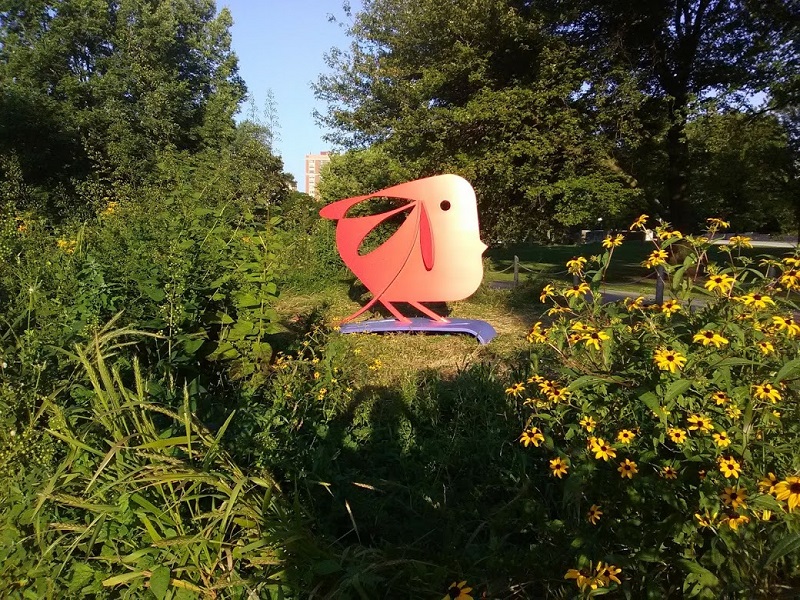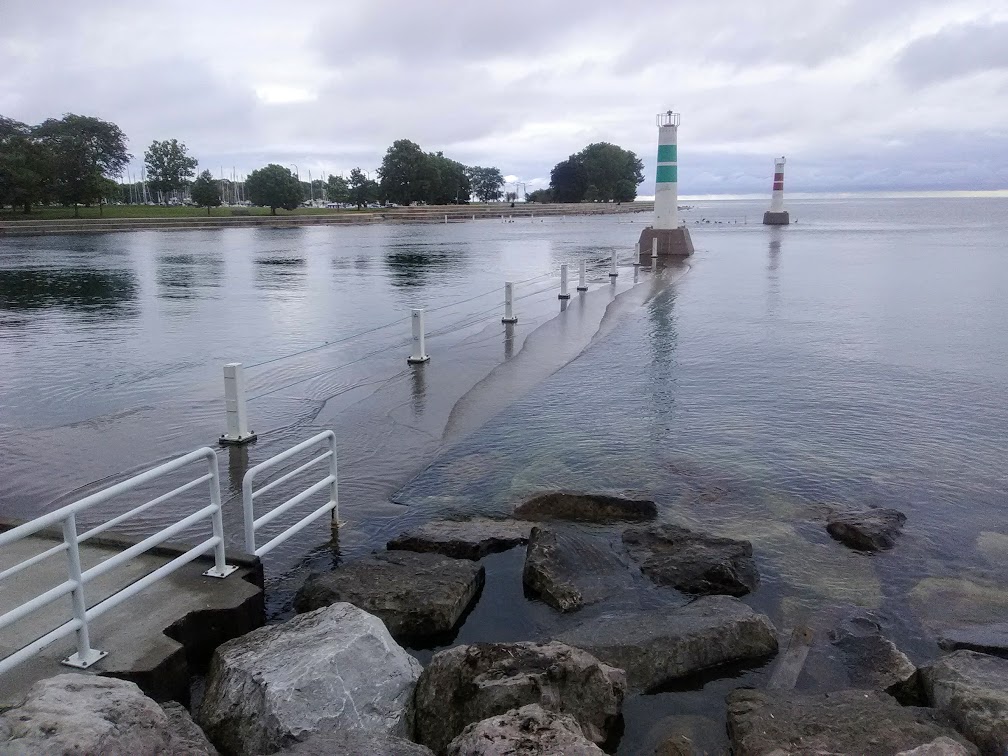Big Day – An effort to see as many birds as possible in a 24 hour period.
If you follow Montrose on eBird, you’ve probably noticed that several people have had 100 or more species in a day this May. There’s a narrow window when this is possible, usually the first 2 weeks in May. This coincides with the peak of spring migration in northern Illinois. Montrose is one of the few places where you can see 100 species on your own by foot. Big days usually require large amounts of planning and strategy, like building a route and staking out birds. Montrose is different. Getting to 100 involves hitting it on a day with loads of migrants and then birding like mad for 4 or 5 hours. Every May several people manage to cross the century threshold. The weekend of May 14 – 16, 2021, for example, saw multiple birders hit 100.
Doing a big day at Montrose isn’t for everyone, but if you’re competitive and like a challenge, give it a try. Also, you don’t have to go for 100. You could start at 60 or 70 or whatever goal you’re comfortable aiming for, and working your way up as you gain experience. I’ve included a link to my eBird checklist below for May 15, a day I had 104 species.
eBird Checklist
May 15, 2021





